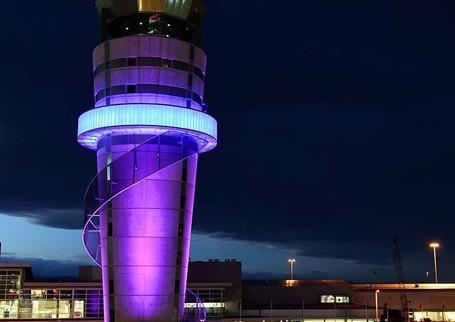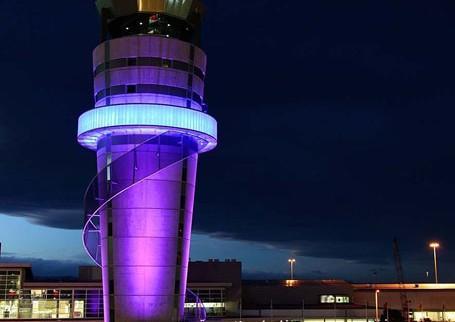Although LED light source development is continuing strongly, we’ve become used to these amazing devices. Indeed, it can be argued that they’ve become virtually commodity items. So where are the obvious developments? And where is LED lighting going? James Hunt answers these questions in this article:

LEDs for white (and indeed coloured) lighting are now becoming almost ubiquitous, being increasingly installed into as many applications as possible that previously used conventional lighting technologies. This is starting to take place even in peoples’ homes.
I, for example, have eight LED downlights installed and an OLED decorative light panel, plus a set of three Philips Hue LED lamps - wirelessly controlled via an app – waiting to be fitted in my home. Although most domestic homes probably don’t have LED lighting yet, many do so (some have far more than me) and householders are beginning to see the many benefits though greater exposure and better education.
Even so, the first cost of good quality LED lighting is still considerably higher than conventional lighting, so the benefits of LEDs to householders should be emphasised by installers, especially in terms of their total cost of ownership (deriving from a very long life and low energy consumption), which is where the real money will be saved.
Other benefits that need amplifying are the no-flicker instant start-up, the controllability and connectability of some lighting systems as part of the fast growing Internet of Things (IoT), as well as special dimming options and colours for mood changing.
The benefits for professionals – retail outlets, the hospitality industry, public buildings, local government and industry – are also extensive. A low total cost of ownership is again key, but so is the good, highly directional light, the reduced maintenance requirement and toughness (not easy to break), as well as special attributes such as LEDs being ideal for use at very low temperatures.
Other excellent attributes to emphasise is the ability of LED lighting to allow extreme or otherwise highly imaginative lighting products and schemes – delineating bridges and buildings, embedded into building fabrics, highly sculptural luminaires, woven into textiles – it’s really only limited by imagination (and sometimes money). And all of this is here now…it will only grow…
…so, while new LED lighting developments still come thick and fast, the LED light source technology might – whisper it – be becoming almost mature, so what else is coming along?
Latest developments and trends
So is the question of choice – of what to look for, especially as there are an awful lot of very poor quality LEDs on the market.
I know, as I’ve experienced them. I’ve had LED downlighters that (sometimes but not always) flickered continuously and others that failed in less time than the old halogens did. I’ve had to learn too – only buy high quality LED light sources from reputable manufacturers like OSRAM, Philips, Megaman and General Lamps (among others). Only purchase good quality luminaires and fittings that have been designed specifically for LEDs (as they must be for correct operation, efficiency and long life) from firms like Thorn and Scolmore.
In terms of the latest LED lighting technologies, these include ever greater functionality and controllability, often via smartphone or tablet apps (examples include OSRAM’s Lightify and Philips’ Hue, both of which have been examined before in Voltimum, but which are still generically the ‘connected future of lighting), greater connectability as part of the IoT, integration into building structural elements, fabrics and other substrates, ever more innovative, imaginative and stylish luminaires, plus dimming to warm.
Since for professionals, light angle and intensity of light is far higher in demand, than colour temperature, LED lighting designs are starting to reflect this – see OSRAM’s article and the company’s new and highly innovative OmniPoint.
There is also Chip On Board (COB) technology, which – as OSRAM shows - keeps things simple for the installer by reducing the install-time.

